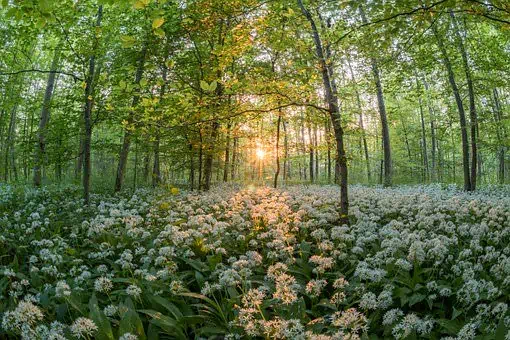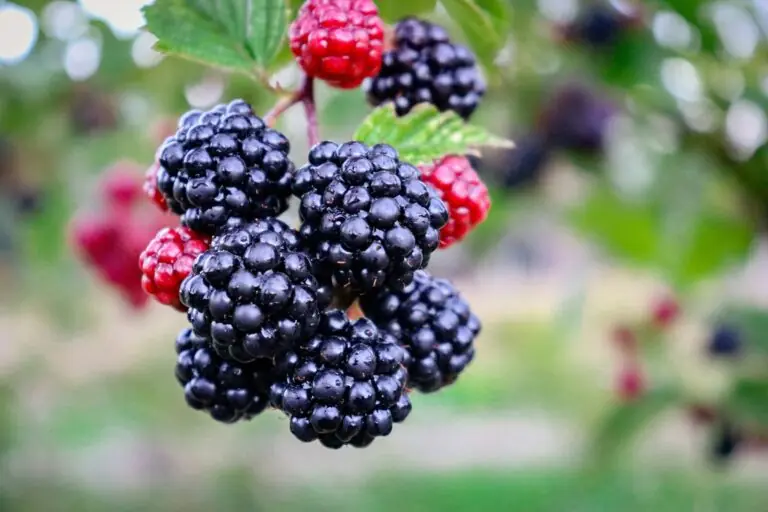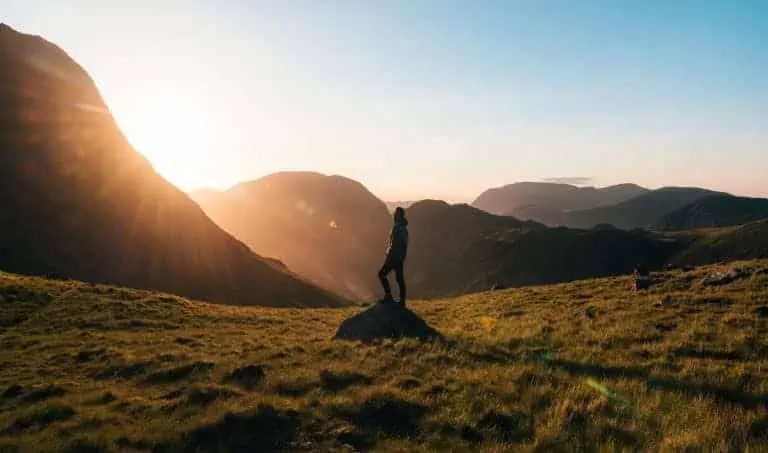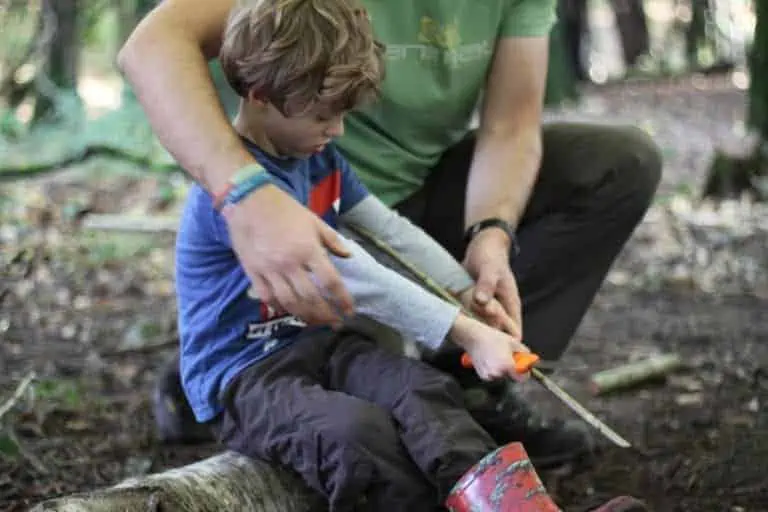Animal tracking
Animal tracking is a fascinating way to study wildlife and a great bushcraft and survival skill. It can be done out on in your local woods or even on the pavement. Along with other signs, tracking can give a better understanding of the animal who has left the track and also the wider landscape.
What is animal tracking?
Tracking uses footprints, trails, feathers, kills, scratching posts, drag marks, smells, habitat cues and the behaviour exhibited by other animals in the area, to identify the animal. It is possible to discern these clues and recreate what happened and make predictions about the animal. You can predict the current location of the animal and follow their trail to where they are.
Understanding wildlife
Before you begin tracking, you need to spend time closely observing the wildlife. Watch how certain animals respond to their environment, how they move and deal with obstacles. When tracking animals, you need to be able to picture how the animal was moving around. Knowledge of the landscape and animal behaviour allows you to predict the animal’s movements and can save valuable time.
Reading signs and tracks
A footprint does not just reveal the identity of the animal that made it, but the details and position of it can also tell you the speed of the animal and even its intentions. You may find that you only have partial tracks to follow, or even just very small hints that the animal was there. But in some places, you will find clear footprints that will allow you to identify the species and even the age and sex. The longer you follow a trail, the more detail you can discover.
Droppings
A key skill when animal tracking is being able to interpret droppings. You need to consider the colour, shape, smell texture and location. Don’t be precious about animal poo. Pick it up and study it, it hides many useful clues.
- Deer – The droppings of female fallow deer have a rounded base, but it is indented in males.
- Otter – These often contain fish bones and can be watery with a musky sweet smell. You might find them on rocks near water or on riverbanks.
- Fox – Along with containing rabbit and rodent hair, the colour of fox droppings often reflects their diet. During the summer it will be whitish-grey when their diet is full of calcium from bones.
- Hedgehog – These are often found on garden lawns and are black and shiny.
Animals to track
Deer show where they have been sleeping by the depressions left in leaves on the forest floor, often under trees. Deer hair is very brittle and the animals moult between their winter and summer coats so you will be able to find some if you look carefully enough.
Badgers often leave their long, strong hair on wire fences where it has been snagged. Badgers leave a wide trail of footprints behind them that are very distinctive, thanks to their long claws on the front feet.
Wild boar walk with their weight on their heels, so their dewclaws touch the ground and leave distinctive prints. Look for signs of them at muddy wallows and disturbed areas where they have been looking for buried food.
Animal tracking takes a lot of patience, determination and a passion for the great outdoors. It is a great way to sharpen your senses. To learn more about animal tracking and other bushcraft and survival skills, join us on one of our courses or get in touch.







